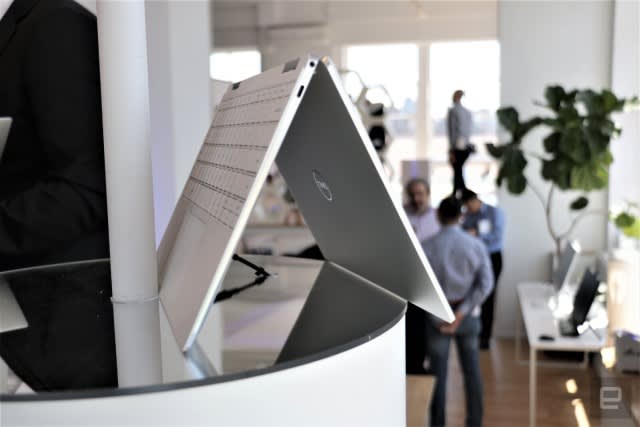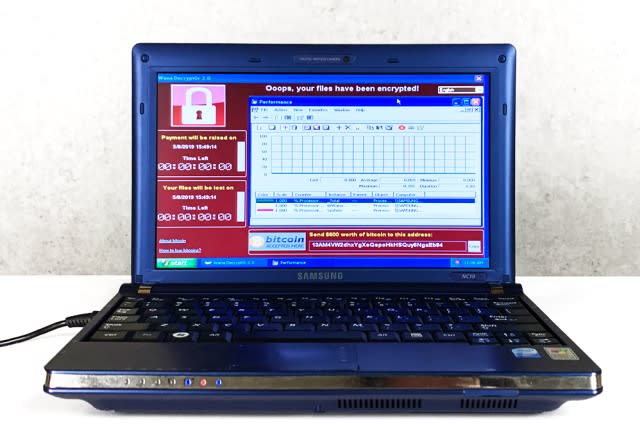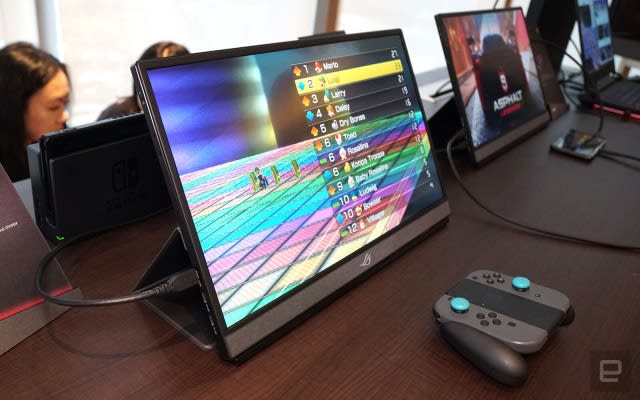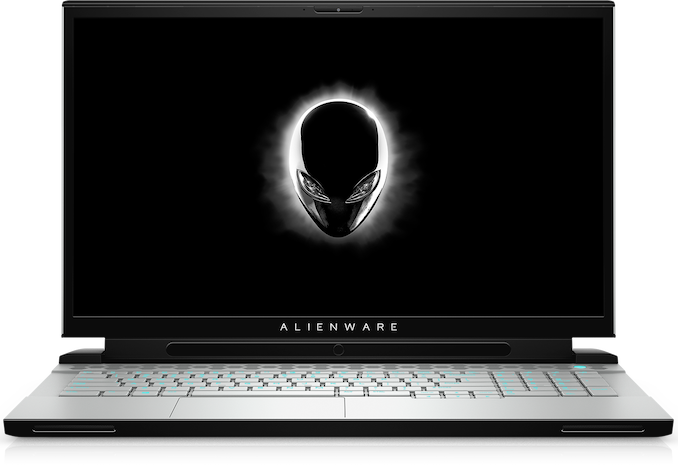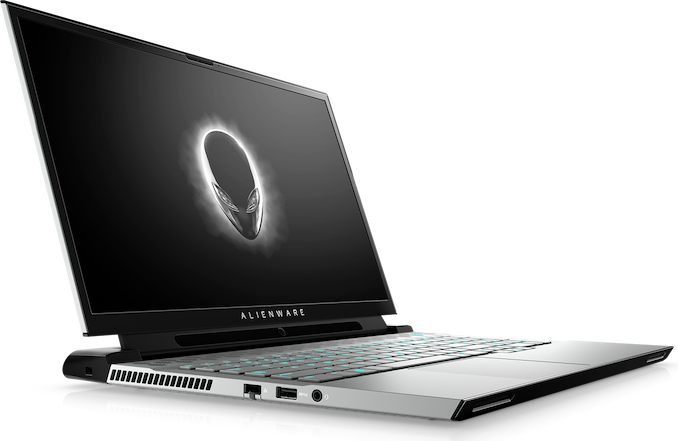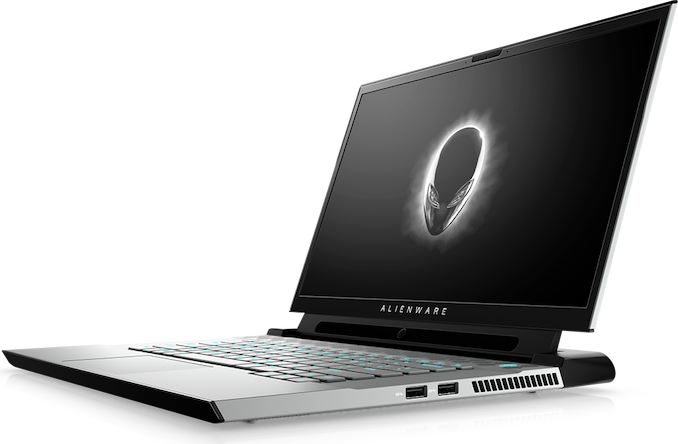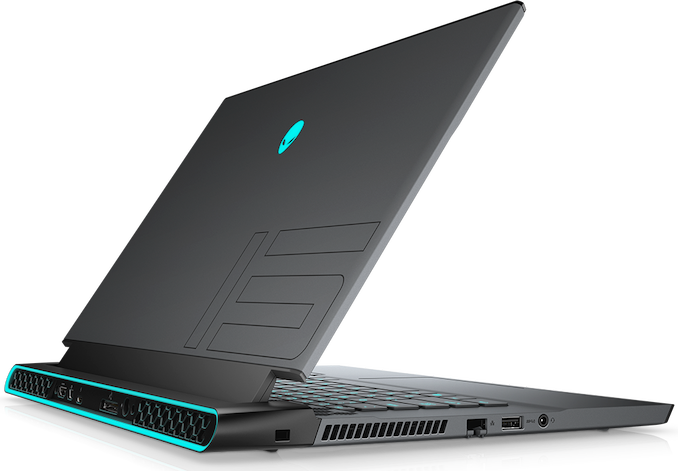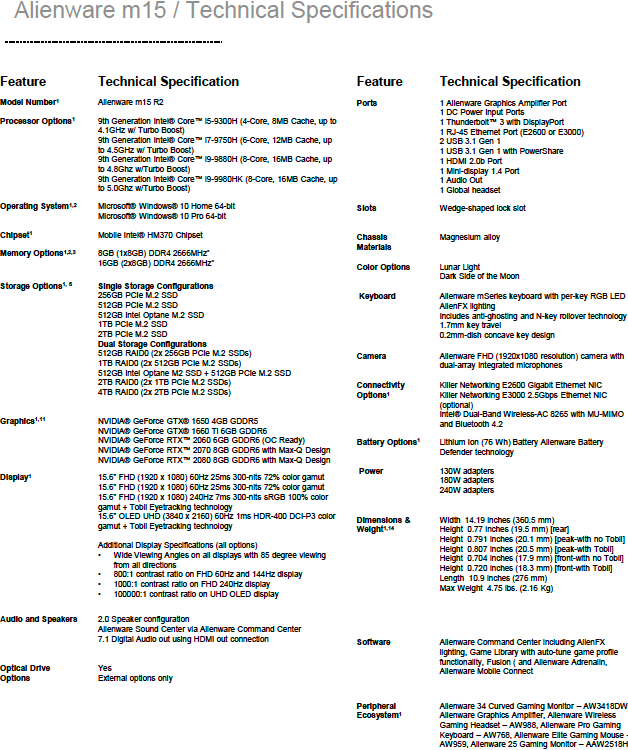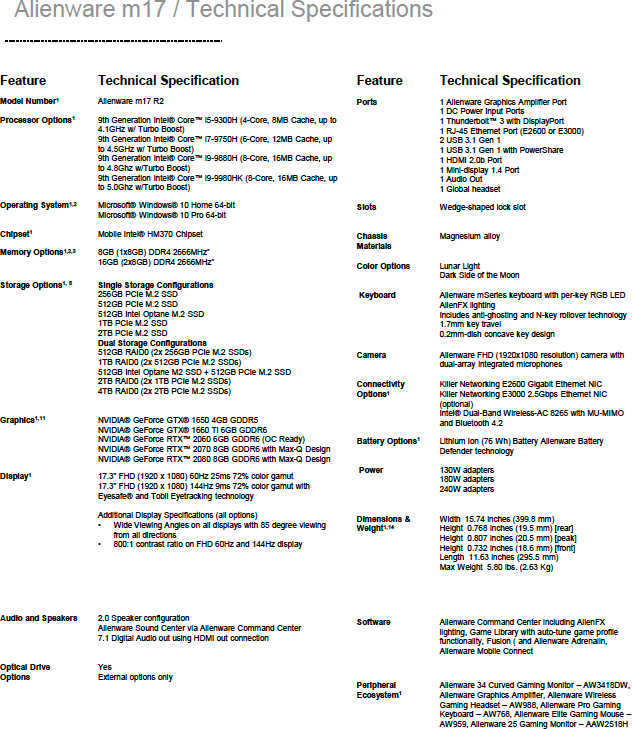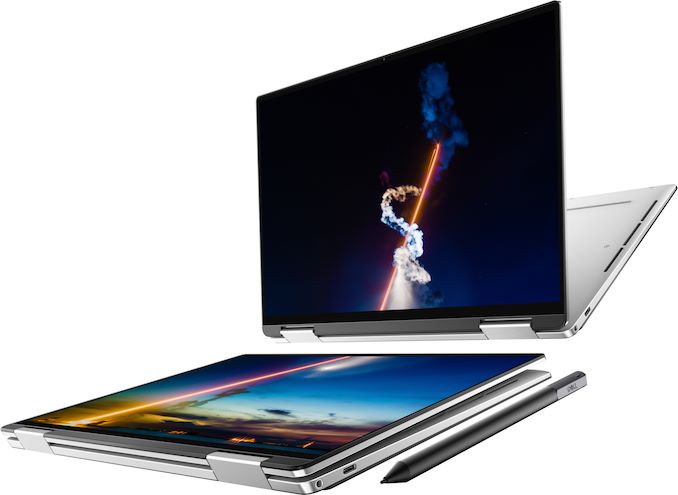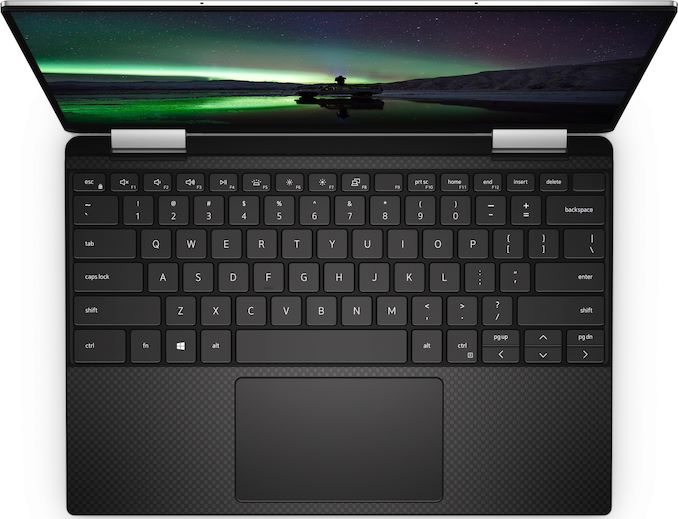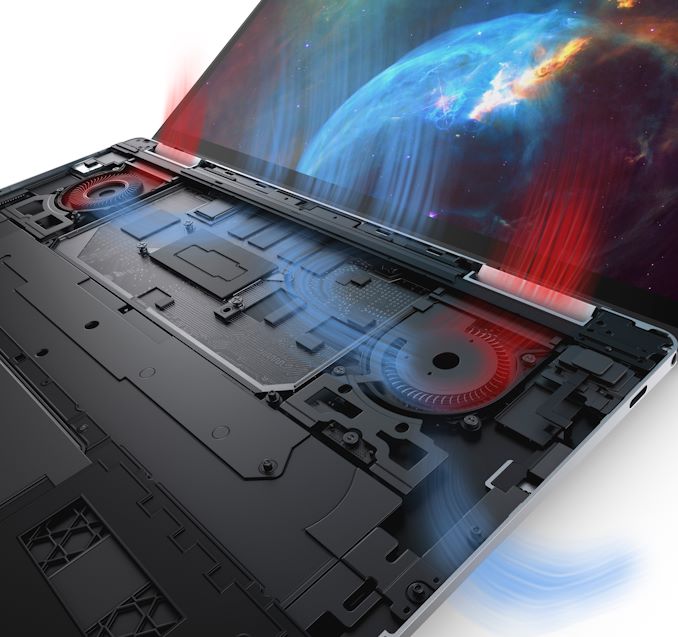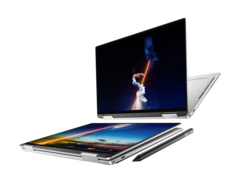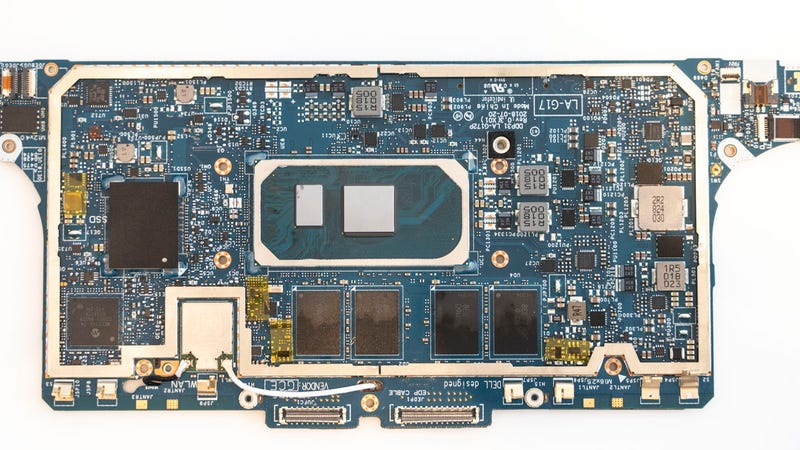
In a briefing a couple of years ago, a representative for a major laptop maker sat across from me with a huge grin on his face. He had a special mock-up in his bag, and he wanted to show it off. It was a super thin Windows 10 laptop—no fans required, and maybe only 10mm thick. According to the rep, it would be one of the company’s first products supporting Ice Lake, the long in development 10nm family of chips from Intel. He assured me that at the same time the following year, he’d be showing me the real thing.
A year later, the prototype was nowhere to be found. Ice Lake, the new 10th generation of x86 chips Intel announced today, was MIA too. It will be some time before we understand just how dramatically Ice Lake’s many delays affected the laptops you and I use today (and if you know something you can securely tip us via SecureDrop or email me for my Signal number). But if you squint, you can see some good contenders for products that were supposed to be Ice Lake and got shoved out into the market without it. (Hint: Look for expensive, super thin, freshly redesigned devices sporting low-power 5-Watt Y-series CPUs.)
But now Ice Lake is finally just about ready for prime time, and it should make you rethink what a super thin laptop can be.
What is Ice Lake?
Ice Lake is the name 10th generation of processors based on Intel’s new Sunny Cove microarchitecture and expected to be used in nearly every 10th-Gen laptop processor made by Intel. It’s based on a 10nm technology node, which is significantly smaller than the 14nm node Intel has been using since 2014, but larger than the 7nm node used on chips by AMD, Apple, and Qualcomm. A smaller node generally means a boost in speed because information doesn’t have to travel as far. It also means better power efficiency because less power is needed to move the information.
Advertisement
Ice Lake isn’t the first 10nm part from Intel. Last year, it dropped a Cannon Lake chip, the i3-8121U based on the previous microarchitecture, Skylake. Gregory Bryant, Senior VP and General Manager of the Client Computing Group, told Gizmodo it was a “low volume production product” and made almost as a way for the company to grow more familiar with working on 10nm itself.
Sunny Cove is a whole new microarchitecture, and Ice Lake is a considerably different chip. (To the point that Intel calls it a 10nm+ part instead of a 10nm part.)
In a phone conversation, Becky Loop, an Intel Fellow and head of the Client Architecture Team said, “Ice Lake was one of the fun, cool ones and the most interesting part of it is it’s where we actually went and changed everything.”
Advertisement
What she means is this was a ground-up overhaul of the CPU. It wasn’t just moving to a new technology node. “We changed the fabric, the chassis. We touched every single IP,” she said.
And yeah, that move was challenging for the company. On the delays to Ice Lake Bryant said, “[W]e took a very challenging goal and a very aggressive scaling goal, even by our own standards, and that just proved to be more difficult, and it proved to take longer.”
What he means is it was delayed, multiple times. Ice Lake was first announced in 2014 and expected for 2016. It didn’t happen. It was, instead, delayed again and again, until late last year when Intel told press it was definitely, positively, finally coming, five years after it was originally announced, and more than three years after it should have been delivered.
Advertisement
But the company seems to think it was worth the challenges and the delay. Intel claims this is easily one of the fastest, most complex, and high performing processors it’s developed.
What’s so great about Ice Lake?
PC manufacturers have told me that that Ice Lake Y-series chips will be just as powerful as the popular U-series part found in the laptops the majority of us use, all while using less battery, and taking up less space.
Advertisement
While it isn’t announcing specific chips and the specs for the chips, Intel claims that its 10th generation chips will have graphics that two times faster (meaning even better framerate in games), wifi that is three times faster, and the ability to handle complex AI-related tasks 2.5 times faster.
Engadget attended a live demo at Computex where Intel showcased the GPU performance of a 10th-Gen U-series chip and pitted it against an 8th-Gen i7-8565U chip. Demos are carefully structured to best highlight whatever a company is trying to highlight, and in this case, it was the 10th-Gen’s GPU performance. That said, the results were impressive: It managed 70 frames per second in CSO: GO at 1080p while the 8th-Gen chip could only average 40fps.

Advertisement
Thunderbolt 3 and Wi-Fi 6 will both also be incorporated directly into the CPU. Loop told me that the Thunderbolt 3 connection would be particularly beneficial to people who regularly make use of external storage because it will significantly reduce latency and allow the CPU to read the files and store them in the CPU’s memory faster.
When do we get Ice Lake?
This one is tricky. Ice Lake is coming this year, but Intel has not yet announced any specific parts or when we’ll see them. Instead, you’ll have to look to Project Athena, the other news Intel is pushing at Computex this year. That suggests we could see them by late summer or early fall. Hopefully. This is Ice Lake we’re talking about. It’s been delayed before—though, a delay now that multiple products have been announced featuring the new chip would be shocking.
Advertisement
Wait, what is Project Athena?
Project Athena is a new series of specs for laptops intended to give us thin, light laptops that are super powerful but also have incredible battery life.
The hope, according to Intel’s Josh Newman, a vice president in the Client Computing Group and one of the people responsible for Project Athena, is to help improve the quality of laptops, and hopefully to reduce prices while also giving people more of the quick and seamless experience we generally associate with phones.
Advertisement
To that end, Intel has outlined general areas of laptop design where it will have exacting standards that laptop makers should meet to be considered in compliance with Project Athena.
On the size front, Project Athena laptops can’t weigh more than 3.3 pounds and can’t be thicker than 15 millimeters (though Intel says it can make some exceptions). The laptop has to connect to the internet just 2 seconds after you open it. It has to last 9 hours on a battery charge in a new typical usage test that includes browsing the web, flipping over to Word, and streaming video.
The battery was of particular focus. Sudha Ganesh, a senior director and engineer working on Project Athena, outlined some of the benchmarks Intel has developed to make our conversations about laptop battery life more honest. Currently, the battery on a laptop is tested by reviewers and laptop makers by setting the brightness of the screen to a specific level then playing back a video, either locally, or over a local streaming service. That’s not how most people use their laptop, though. We do big demanding tasks and then quick, less demanding ones. So the new test is intended to mimic the behavior of a real person by hopping between programs while leaving other programs on in the background.
Advertisement
There’s also a second test to make sure the laptop is consistent when on battery. Right now there’s a tradeoff. You can either have a powerful laptop, or you can have a laptop with great battery life. Better battery life means worse performance and vice versa.
Intel thinks it can solve this problem through components like the 10th-Gen processors. But it also thinks there’s work to be done on the software side—so computers are smarter about how they use the processor and sip the battery, and that work can be done on the design side. In much of our conversation about Project Athena, Newman referred to the laptop makers themselves and how he perceived Project Athena as something of a challenge for them to take on—A way for laptop makers to strive to make better products, not just cheaper ones.
For example, Dell announced a new 13-inch XPS 2-in-1 developed with Intel to be a Project Athena laptop. With a 10th-Gen processor and active cooling, Dell claims the new XPS is 2.5 times faster than the previous generation (with an 8th-Gen processor). Dell also claims it has 16 hours of battery life, which is nearly twice what we usually see from a 13-inch XPS.
Advertisement
But that’s just year one. Newman anticipates Project Athena will be a multi-year initiative, and with each year, laptop makers should get better and the parts hopefully more affordable. So while a Project Athena device right now might cost $1,000, future products could be $700, or even $500.
Again, this is all promise at this point. Intel promises we’ll see the payoff for these years of development soon.
Correction: We previously intimated 10nm is smaller than 7nm. It is not. We’ve corrected the piece to reflected that and regret the error.
Advertisement
https://gizmodo.com/its-been-five-years-but-intels-biggest-cpu-yet-is-fina-1834987052
2019-05-28 14:00:00Z
CAIiEOMqi9VePwoaSC4bl15k2Q8qFQgEKg0IACoGCAowlIECMLBMMJ-mHg
